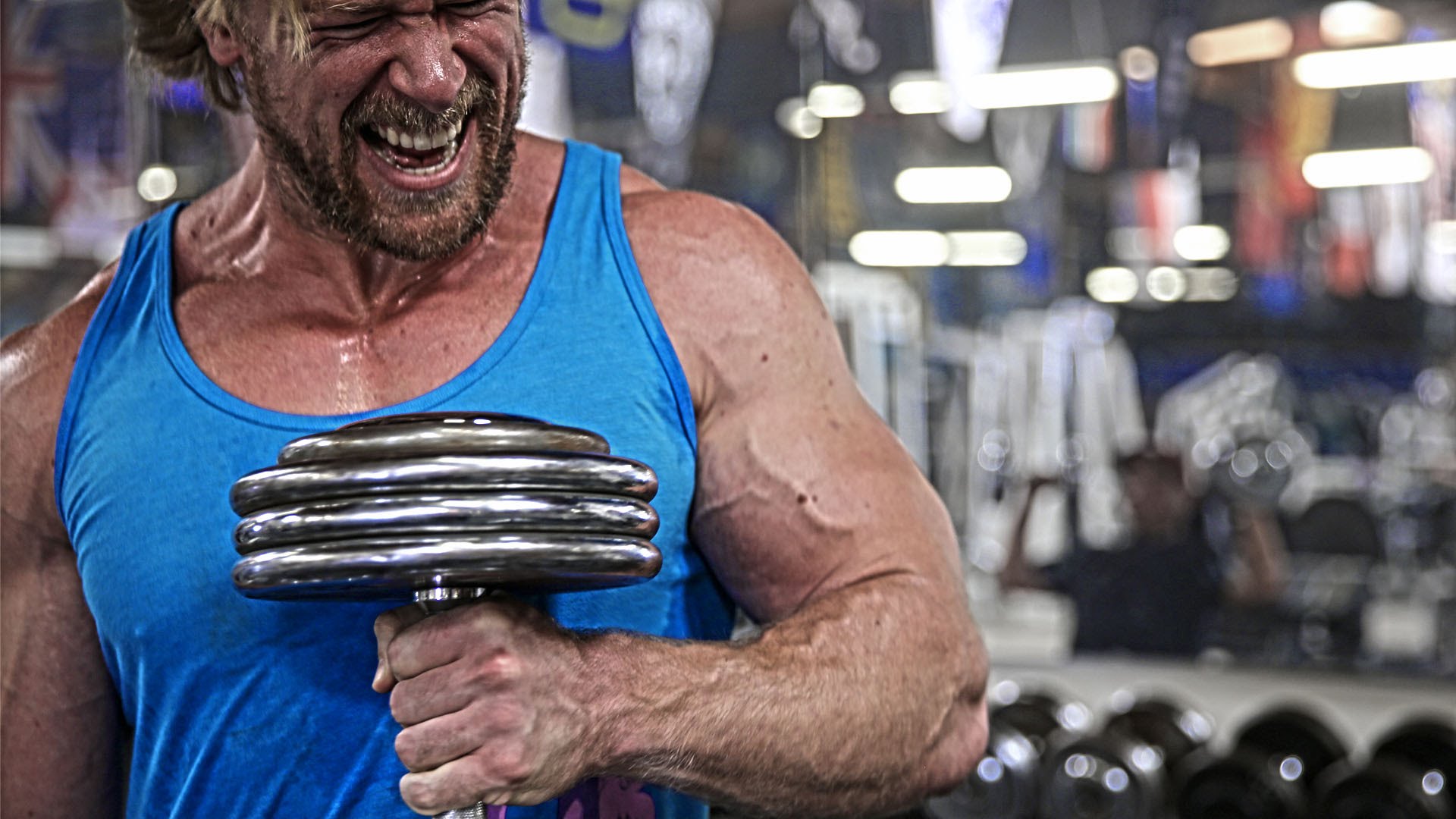
What good is it having wide boulder shoulders and a wide sweeping back if you sport a pencil neck? Whilst many directly train their traps and develop them well, there are others who seem to miss the traps completely from their training regime, simply relying on back and shoulder exercises to supply some stimulus to the muscle structure. Whilst back and shoulder exercises can stress the lower and middle fibres of the traps well, the upper traps can often be neglected from this approach, and this is the portion of the traps which is visible from the front, and often portrays the sort of freaky development bodybuilders are known for.
The upper traps are the portion of this diamond shape muscle which is responsible for the classic “coat hanger” appearance when well developed. Unfortunately, relying simply on stressing the upper traps from back and shoulder exercises is going to be less than optimal, with the most positive results achieved from directly targeting the upper traps via elevation of the shoulders. Below are three exercises which work extremely well for the devolvement of the upper traps.
First exercise: Dumbbell Shrug
Targets: Upper Trapezius
Reps/Sets: 12 reps 3 sets
The dumbbell and barbell shrugs are the most common exercises for targeting the upper traps. The dumbbell shrug can offer a little more freedom in comparison to the barbell variation, with the barbell forcing the trainer to lean forward slightly during the execution of the lift.
Instructions:
- Grasp two dumbbells of suitable weight and stand erect with a good posture.
- Whilst ensuring the torso remains stationary, and the arms do not aid the weight up, shrug the shoulders up towards the ears in a controlled manner.
- When the shoulders have reached full contraction, pause, and then slowly reverse the motion.
- Repeat for repetitions.
Second exercise: Incline Bench Shrug
Targets: Middle Trapezius, Upper Trapezius
Reps/Sets: 12 reps 3 sets
A less common shrug, the incline bench shrug ensures form and also attacks the traps from a slightly different angle than the commonly performed standing shrug. The variation in the angle of resistance can activate different muscle fibres, resulting in greater overall devolvement and shape to the muscle when stimulated.
Instructions:
- Find an incline bench and set the bench to a forty five degree angle.
- Grasp two dumbbells of suitable weight and stand in front of the bench.
- Allow yourself to lean into the incline bench, so the bench supports your torso, and your upper body is of the same angle as the bench.
- Ensuring you are comfortable and have a good posture, shrug the shoulders upwards towards the sky.
- When the shoulders have reached full contraction, pause, and then slowly reverse the motion.
- Repeat for repetitions.
The above two exercises would take no longer than ten to fifteen minutes to complete, and can round off a back or shoulders day effectively. Try the above workout for two months and then monitor progression, if performed with a good level of intensity you should start to see some decent devolvement starting to take place. After this time period you may want to switch up the exercises you perform to ensure the muscle does not become too accustom to the workout.